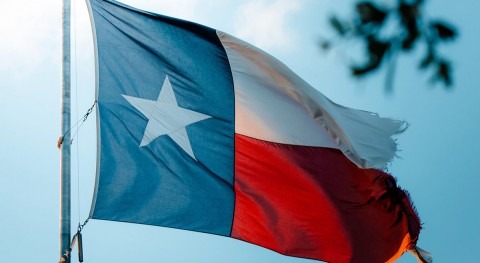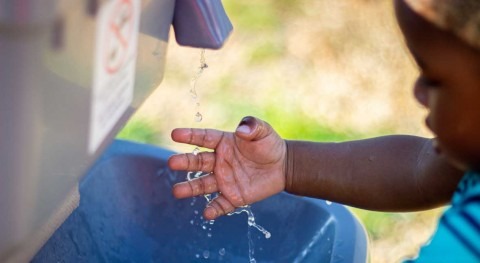A new publication by the World Resources Institute, Achieving Abundance: Understanding the Cost of a Sustainable Water Future, shows that delivering sustainable water management to solve the world’s water crises could cost less than we may think, in fact, slightly over 1% of the global GDP annually (about $1.04 trillion) until 2030.
The WRI stresses that ‘The solutions to the world’s water crises are readily available; what’s missing is the money (from public and private sectors) and political will needed to implement them’. And the economic benefits are far greater than the costs: on average, each dollar spend in ensuring access to water and sanitation results in $6.80 in returns. In contrast, continuing with the business as usual could result in regional GDP losses of up to 10% by 2050, according to a 2019 report by the World Bank’s Global Commission on Adaptation,.
The paper presents a set of six strategies to ensure water security, what they refer to as ‘sustainable water management’, corresponding to SDG 6 (access to water and sanitation for all) by 2030, which can be summarised as:
- Safely managed drinking water for all
- Safely managed sanitation and hygiene services for all
- Tertiary treatment for all industrial wastewater
- Reduce nutrient loading to water bodies
- Manage water scarcity: align water use with available water resources
- Implement water management, regulations and legislation
Each country has different water challenges and so they should prioritise different areas. Also, the cost of each strategy varies significantly from country to country.
The report found that 75 countries, home to 50% of the world’s population, can realise sustainable water management at a cost of less than 2% of their annual GDP. They include North America and most of Latin America, Europe, China, Australia, Saudi Arabia, South Africa, etc. At the other end of the spectrum, 17 countries, home to 10% of the world’s population, would have to spend more than 8% of their annual GDP to achieve sustainable water management. They include several countries in Africa, as well as Bolivia, Honduras, Pakistan and Iraq. They will need help from financing institutions to address their water challenges. The WRI warns states to invest in water security outside their own boundaries, as water crises can cross national borders and lead to conflict and regional instability.
Although addressing the challenges in each country needs a deeper analysis of local conditions including the political landscape, at a broad level the solutions are known. Examples are demand management such as increasing irrigation efficiency or nature based infrastructure which leads to benefits for water quantity and quality. They should be considered not a problem, but an opportunity to improve the lives of billions and the health of ecosystems, while producing returns on investment.








